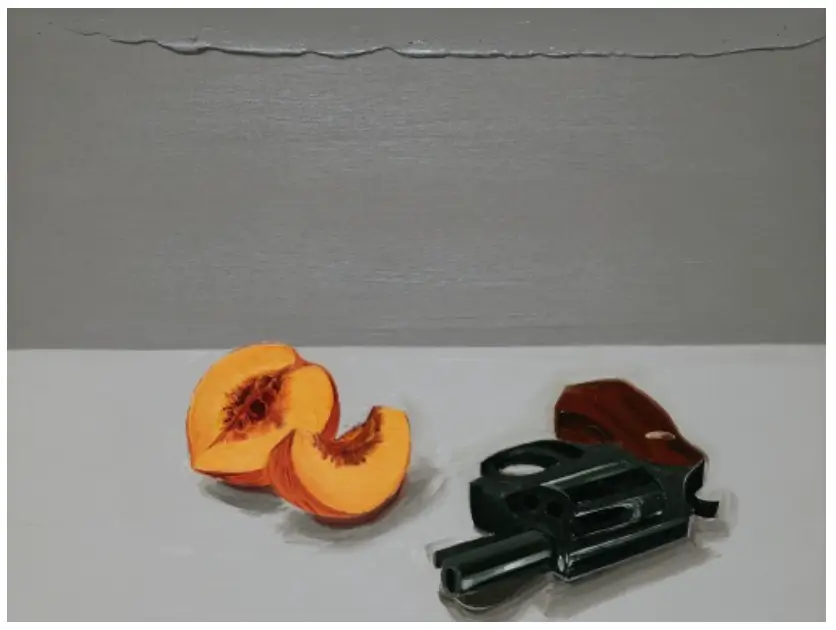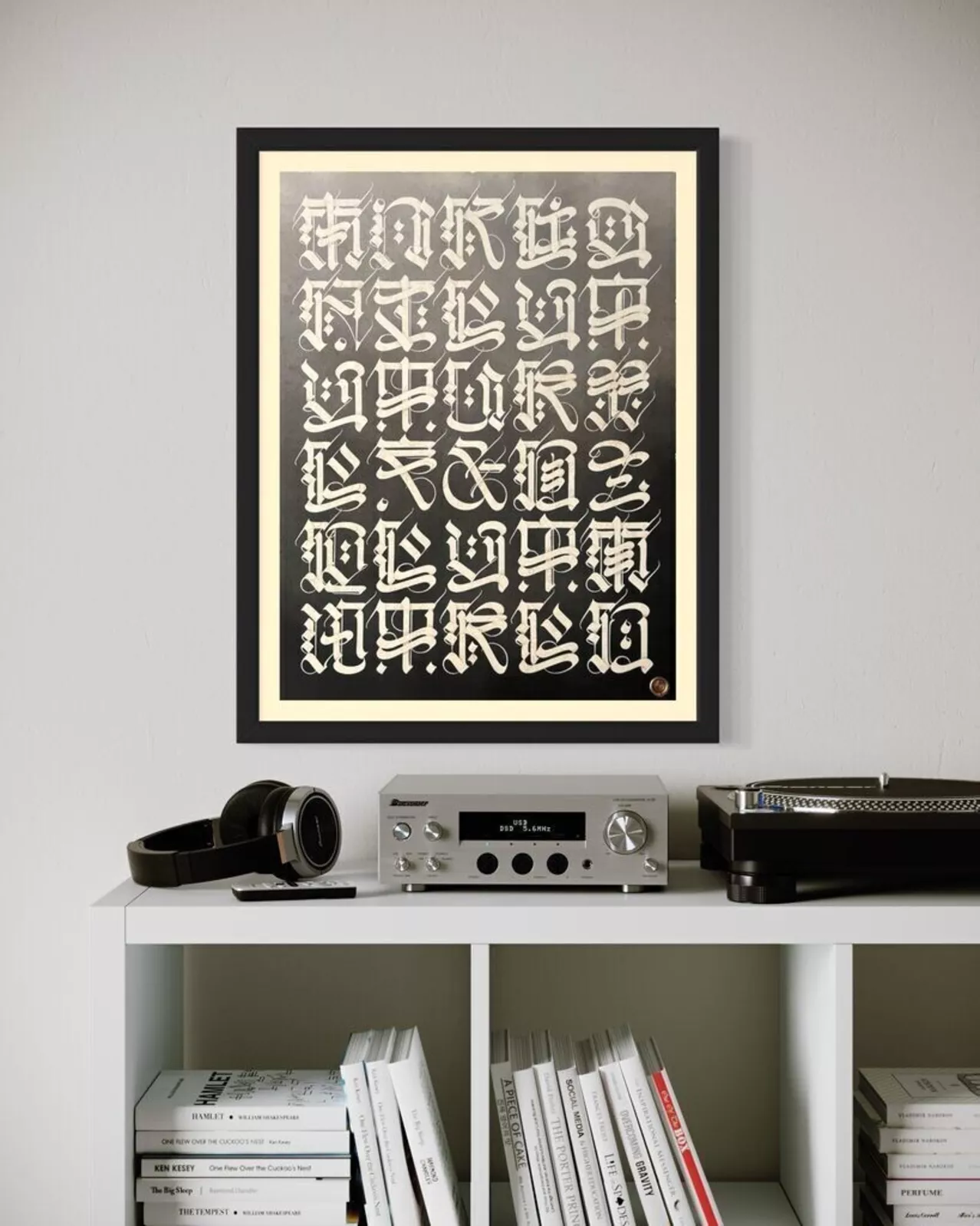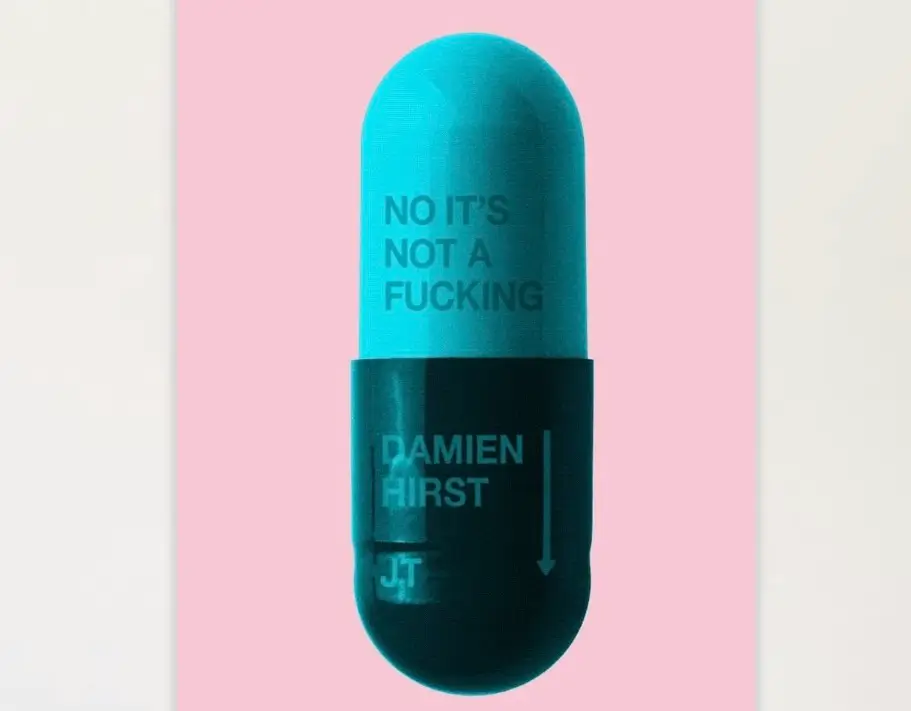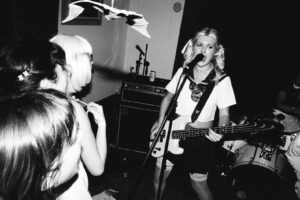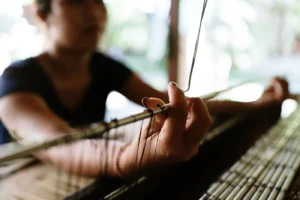There are few painters working in Los Angeles today who handle memory with such quiet precision as Salomón Huerta. His upcoming exhibition, Unspoken Ritual, opening at Marc Selwyn Fine Art in Beverly Hills, is not just a continuation of his painterly journey—it’s a deepening of it. Known for his incisive portraits and meditative exploration of domestic life, Huerta now turns his focus inward, to the small yet profound gestures that shape familial intimacy.
The series, centering around images of guns and snacks, might seem jarring at first glance. Yet, through Huerta’s lens, these objects become emblems of care, conflict, and reconciliation—a personal mythology painted in stillness. Each canvas forms part of an intimate archive, a ritual both humble and haunting, tracing the act of a son bringing his father food late at night.
iconography
At the emotional center of Unspoken Ritual is Huerta’s relationship with his father. The works originate from a simple act: the painter, as a child and later as an adult, bringing his father fruit or food to the kitchen table. Over time, this gesture evolved into a form of unspoken communication—a wordless offering of love, gratitude, or sometimes, apology.
These quiet exchanges form the emotional DNA of the show. Huerta translates the tactile intimacy of this ritual into visual rhythm. The plates of food, the glint of metal, the faint halo of a tabletop under low light—all are treated with reverence. The painter’s brush doesn’t monumentalize but rather humanizes. It records the sacred in the banal, the sacred in the daily.
contradiction
Huerta’s inclusion of guns in these works has already sparked curiosity. Yet, within his painterly world, the gun is not a symbol of violence—it’s an heirloom of masculinity, a metaphor for power and fragility. It sits beside oranges and sandwiches, sharing the same space of nourishment.
This juxtaposition forces the viewer to confront duality: protection and danger, love and distance, tenderness and fear. Huerta’s work resists simplicity; it asks that we consider the full spectrum of intimacy, especially within Latino family structures where emotional expression is often coded in gesture rather than speech.
Rendered in oil, the surfaces oscillate between photorealistic precision and the hazy warmth of recollection. The textures of fruit peel, polished metal, and soft tablecloths dissolve into one another, blurring the boundaries between memory and presence.
la intimidad doméstica
In many ways, Unspoken Ritual continues Huerta’s lifelong engagement with domestic space as a site of cultural memory. His earlier series—often portraying backyards, facades, and anonymous portraits—have always centered the unseen lives of working-class Latinx families in Los Angeles.
Here, the kitchen replaces the façade. It becomes the altar of everyday life. Huerta’s father, never fully depicted but always implied, becomes an unseen subject whose presence radiates through objects. This absence is deliberate. The painter isn’t illustrating his father—he’s painting around him, through him, through the silence of their shared ritual.
The table, the plate, the fruit—all serve as intermediaries in this wordless dialogue. Huerta’s ability to turn such quiet moments into grand emotional statements has become his defining gesture.
bal
Color plays a crucial role in Unspoken Ritual. The palette leans toward ochres, muted reds, and gentle browns, echoing the tones of ripened fruit and worn wood. Against this warmth, the sheen of a metallic gun becomes striking, almost sculptural. Huerta manipulates this contrast to amplify tension—not as spectacle, but as psychological architecture.
Light is treated with equal sensitivity. It pools softly around the edges of objects, never harsh, always contemplative. The shadows are long and patient. This cinematic stillness allows the viewer to dwell in each painting, to feel time suspended, as if caught between past and present.
The scale of the works—medium to large canvases—invites intimacy. One feels close enough to touch the painted fruit, to sense the weight of ritual itself.
flow
Although the works rarely depict explicit settings, Los Angeles remains their quiet pulse. Huerta, a longtime resident and observer of the city, infuses each painting with a sense of distance and dusk particular to Southern California.
The subtle glow of artificial light, the suggestion of stucco walls, the stillness after long work hours—all linger within the compositions. His LA is not cinematic but lived-in. It’s a geography of silence, of ritual acts that bridge class, generation, and affection.
In this way, Unspoken Ritual expands Huerta’s ongoing portrait of Los Angeles—not as a city of spectacle, but as a series of tender, domestic encounters between its invisible citizens.
lang
Food in Huerta’s paintings functions both as offering and metaphor. The fruit his father receives—often oranges, apples, or grapes—becomes a symbolic currency of care. These items, recurrent throughout his work, form an emotional lexicon: sweetness for affection, acidity for tension, ripeness for memory nearing its end.
In each painting, food is staged carefully, almost ceremonially. Huerta captures the act of placement as a form of composition itself. It’s not about abundance but about attention—how one arranges what is given.
Through these visual metaphors, Huerta elevates domestic gestures to ritual status, aligning his work with a lineage of painters—from Velázquez to Morandi—who find the sublime in the ordinary.
concept
If food is affection, the gun is inheritance. In Unspoken Ritual, weapons appear not as instruments but as relics—passed down, handled, and cared for. They embody protection and threat in equal measure.
By placing them beside nourishment, Huerta collapses cultural binaries of violence and tenderness. The result is deeply personal, but also universal—an acknowledgment that care and harm often coexist within love, that family itself is a space of unresolved contradiction.
Huerta’s decision to paint these objects with near-surgical precision emphasizes their psychological weight. Each reflection on a gun’s surface feels like an echo of memory, a flicker of fear or understanding.
painting as confession
There’s an unmistakable confessional undercurrent to this exhibition. For Huerta, painting becomes a means of articulation when language fails. The ritual of feeding his father becomes parallel to the ritual of painting itself—both acts of service, both performed in silence.
In the process, Unspoken Ritual transforms private memory into shared contemplation. The viewer becomes witness not to spectacle but to vulnerability, to a son’s ongoing effort to understand the man who shaped him.
This dual ritual—domestic and artistic—anchors Huerta’s practice in empathy. Each brushstroke carries emotional weight, evidence of a relationship that continues through gesture long after words have faded.
evolve
Unspoken Ritual marks a mature evolution in Huerta’s oeuvre. While earlier series explored anonymity and identity—most notably his back portraits and architectural studies—this show narrows focus to the emotional microcosm of family.
His signature restraint remains: the pared-down compositions, the quiet palette, the meditative pacing. Yet the emotional charge feels stronger, more direct. The viewer senses Huerta painting from a space of reconciliation rather than representation.
It’s this sincerity—never sentimental, always deliberate—that situates Huerta among the most contemplative voices in contemporary American painting.
impression
In the end, Unspoken Ritual is not about guns or food. It’s about the language of silence—the gestures that bridge generations when words cannot.
Huerta’s canvases remind us that intimacy often survives in fragments: in fruit on a table, in the weight of a shared object, in the light falling over memory. The exhibition becomes a meditation on care, masculinity, and the unrecorded poetry of daily life.
As Huerta prepares to unveil these works at Marc Selwyn Fine Art, the act itself becomes another ritual—one where private emotion transforms into public empathy. Unspoken Ritual is not merely seen; it’s felt. It asks us to look closely, to listen quietly, and to remember that some of life’s most profound conversations happen without words at all.
No comments yet.

